
The Science Behind Blue Light Therapy for Acne
IN THIS ARTICLE:
- 01 Does Blue Light Therapy Work for Acne?
- 02 How Does Blue Light Work for Acne?
- 03 What Are the Side Effects of Blue Light for Acne?
- 04 Can You Do Blue Light Therapy at Home?
- 05 Can I Combine Blue and Red Light Therapy for Acne?
Blue light therapy is fast establishing itself as an acne cure-all. This article explores the science behind blue light therapy, its effectiveness, safety, and how we can easily integrate it into our at-home acne-safe skincare routines.
 Does Blue Light Therapy Work for Acne?
Does Blue Light Therapy Work for Acne?
Blue LED light is described as a miracle therapy for acne-prone skin. It is a powerful acne treatment that targets acne-causing bacteria and regulates sebum production from the sebaceous glands. It is an FDA-cleared treatment for mild to moderate inflammatory acne vulgaris. Many scientific studies have established that blue light therapy can significantly impact the appearance of acne and prevent its recurrence over time. One study found that 80% of patients showed improvement in inflammatory and non-inflammatory acne lesions after two blue light therapy treatments per week over a 4-week period. A 2018 study found that blue light therapy was 16% more effective at treating acne than 4% benzoyl peroxide, a popular topical treatment. Although it is FDA cleared for mild to moderate acne, it has had much scientific success in treating more severe acne, with one 2006 study finding an 82.5% reduction in acne lesions at the end of 12 weeks and 77% of participants reporting 'complete clearance'.
How Does Blue Light Work for Acne?
Blue light therapy uses specific wavelengths of light, typically between 415nm and 490nm, to stimulate cellular responses in the skin. These shorter and more intense wavelengths focus primarily on the upper layers of the skin to address acne-causing bacteria and help control excess oil production. Blue light is known for its antibacterial and antimicrobial properties. It works by targeting porphyrins, which are compounds produced by Propionibacterium acnes (P. acnes), the bacteria responsible for acne. When these porphyrins absorb blue light, they generate reactive oxygen species that damage the bacterial cell walls and DNA. This creates an oxygen-rich environment where acne-causing bacteria cannot survive. Beyond its antibacterial effects, blue light also helps reduce inflammation. It affects keratinocytes, the outermost skin cells, and stimulates the release of beneficial molecules such as cytochrome c oxidase and nitric oxide. These molecules promote skin regeneration, calm inflamed areas, and reduce redness and swelling, often associated with acne.
LumaLux Face | Pro LED Light Therapy Mask
Our most advanced LED mask for deeper skin renewal - fine lines, acne, hyperpigmentation, skin texture
What Are the Side Effects of Blue Light for Acne?
Thankfully, very few. Blue light therapy for the skin is widely recognized for its excellent safety profile and minimal side effects. Generally, light-based treatments are considered safe, non-invasive, and painless. They do not typically cause discomfort such as stinging or itching, and blue light therapy in particular poses fewer risks than many topical treatments.
As long as you do not have a condition that causes sensitivity to light or are not taking medication that increases photosensitivity, you are unlikely to experience side effects. If you are currently using any medications that make your skin more sensitive to light, it is best to speak with your healthcare provider before starting blue light therapy. People with certain skin conditions or open wounds should also consult a dermatologist beforehand.
Some individuals may notice mild dryness or redness after treatment. To help avoid this, it is important to follow the recommended usage time provided with your device. Excessive use or exposure to intense light levels could cause skin irritation, including redness or blistering, although such reactions are rare when the device is used properly. Unlike UV light, blue light used in LED therapy does not emit ultraviolet radiation, so it does not damage the skin. Most LED devices use cool, UV-free bulbs that are safe for regular use and require little to no recovery time.
It is essential to protect your eyes during treatment. The bright lights used in LED therapy can be intense and may affect your vision if you are exposed for too long without eye protection. Look for devices that include built-in eye shields or use protective goggles during use.
If you have hyperpigmentation or are using prescription treatments for acne, it is important to consult a dermatologist before incorporating blue light therapy into your routine. A professional can help ensure that it fits safely into your skincare plan.
Can You Do Blue Light Therapy at Home?
Yes, blue light therapy can absolutely be done at home. What was once only available in professional clinics is now easily accessible through a range of portable, user-friendly devices designed for home use. This convenience is one of the main benefits of at-home LED light therapy.
Home devices are typically a one-time purchase and can be used as often as needed without ongoing treatment costs. Most require just a few sessions per week, with treatment times as short as 10 minutes. While at-home devices may be less powerful than clinical-grade machines and could take longer to show results, they still offer a safe and effective way to treat acne and other skin concerns with regular use.
There are many types of at-home blue light devices available, including full-face masks, handheld wands, pens, body panels, and targeted patches. Masks provide full coverage and ensure an even distribution of light, while wands and pens are great for targeting specific breakouts or smaller areas.
Depending on the design and power level of the device, usage recommendations usually range from 3 to 20 minutes per session. Some high-intensity models call for short, frequent treatments a few times a week, while others may suggest longer, less frequent sessions. Regardless of the format, consistency is key to achieving results, and daily use is generally safe when following the instructions provided.
For effective results, use a device that emits blue light in the 415 to 460 nanometer range. It's also a good idea to choose a product that has been cleared by the FDA, which helps ensure both safety and performance. For stronger treatments, look for devices that include a high number of LED bulbs to deliver adequate light intensity.
Always apply blue light therapy to clean, dry skin. Any makeup, sunscreen, or skincare products can act as a barrier and reduce the light's ability to penetrate the skin, which may limit effectiveness.

Can I Combine Blue and Red Light Therapy for Acne?
Yes, using red and blue light therapy together is not only safe but also highly recommended for enhanced skincare results. Red light typically penetrates deeper into the skin, reaching the dermal layer with wavelengths between 630 and 700 nanometers, while blue light targets the outermost epidermal layer using wavelengths between 420 and 490 nanometers. Because they work on different layers of the skin, combining both treatments delivers more comprehensive and effective results, often more quickly than using one light alone.
This combination is especially beneficial for acne-prone skin. Red light supports healing by encouraging tissue repair and collagen production, while also helping to reduce inflammation commonly associated with acne. Blue light, on the other hand, focuses on killing acne-causing bacteria and reducing surface-level inflammation. When used together, red and blue light work synergistically to accelerate skin regeneration, improve circulation, calm inflammation, and support overall skin healing.
Research supports the effectiveness of this dual approach. Clinical studies have shown significant improvements in acne when red and blue light are combined. One study reported a 77% reduction in inflammatory acne lesions with no side effects. Another found an 82.5% reduction in acne after four weeks of combined light therapy. More recently, a 2024 study confirmed that using both red and blue light is 36% more effective than blue light alone for treating acne.
An additional option is purple light therapy, which blends red and blue wavelengths. This dual-action treatment is ideal for addressing both acne and early signs of aging, such as fine lines, making it a versatile choice for balanced skin concerns.
For our ultimate guide to blue light therapy for acne, please click here:
The Ultimate Guide to Blue Light Therapy for Acne

written by Charlotte Rycroft
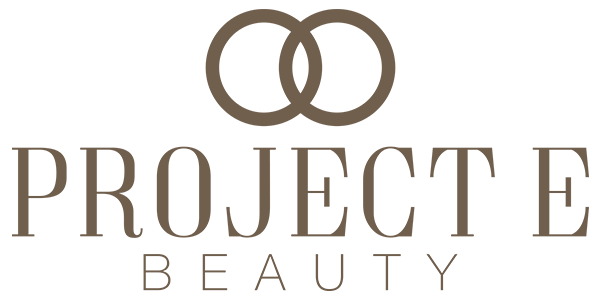



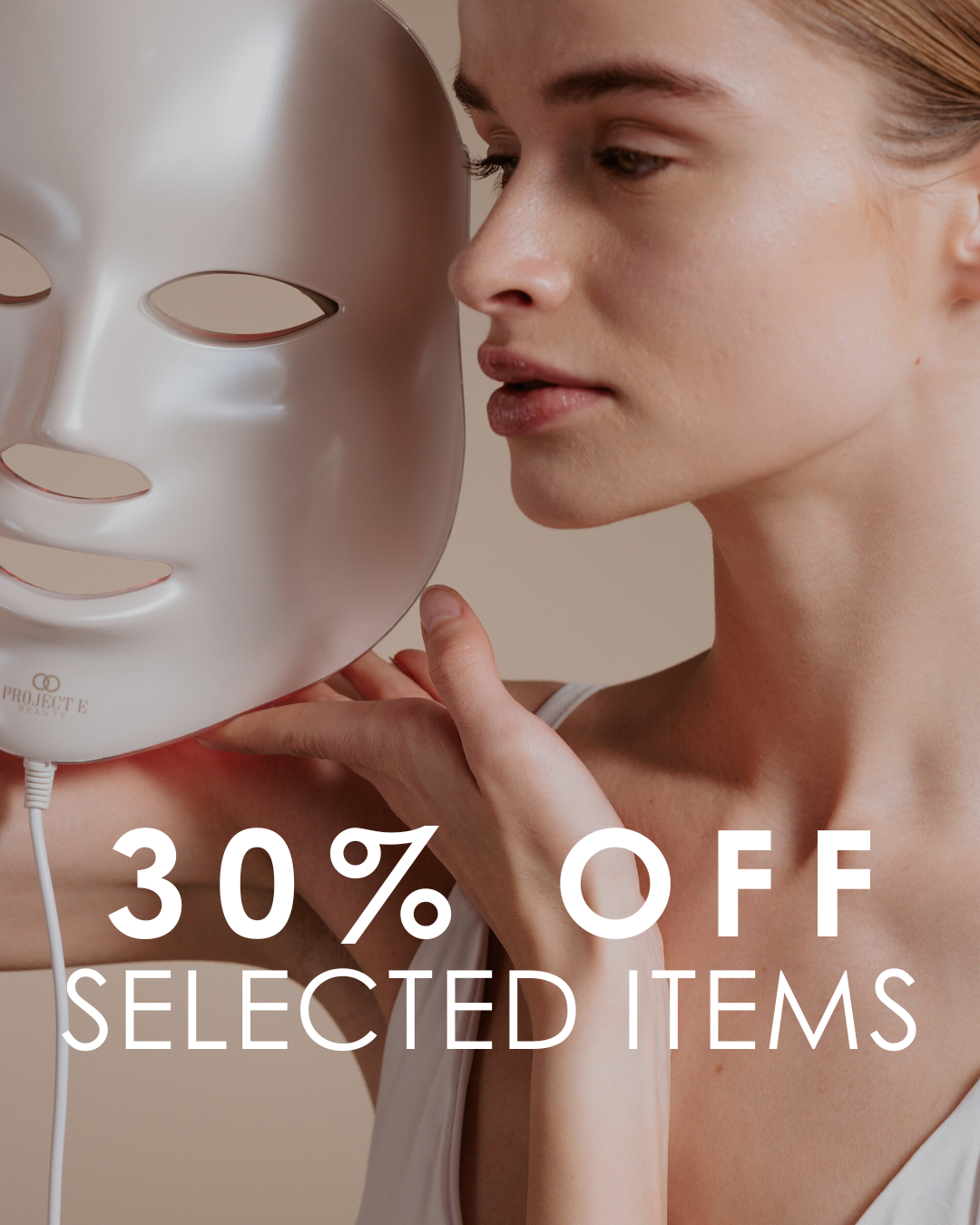

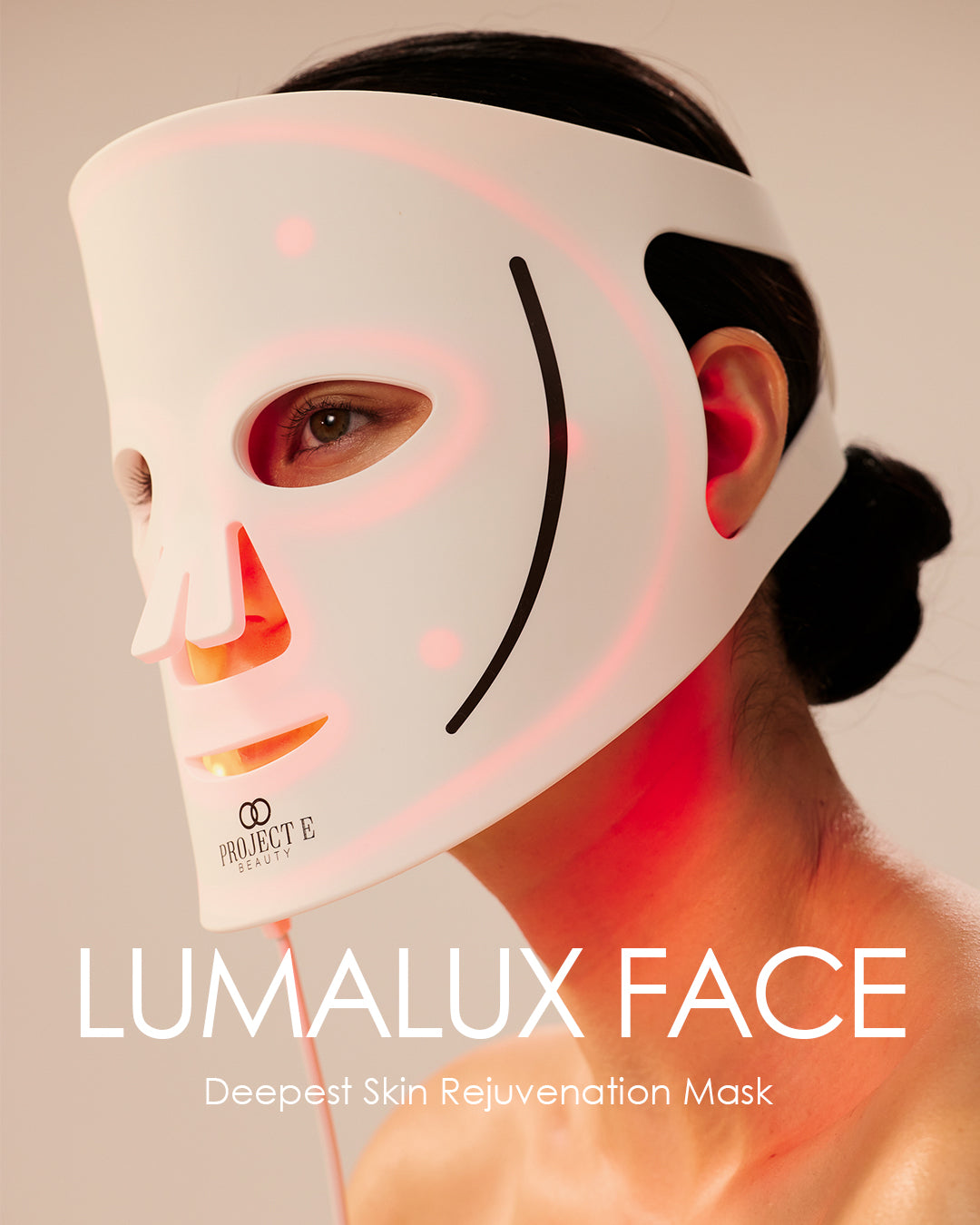
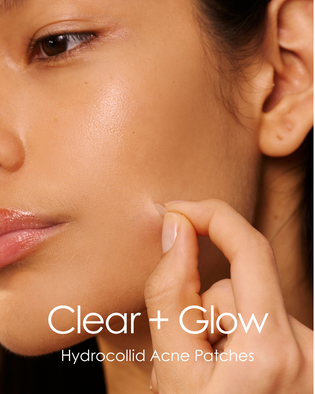
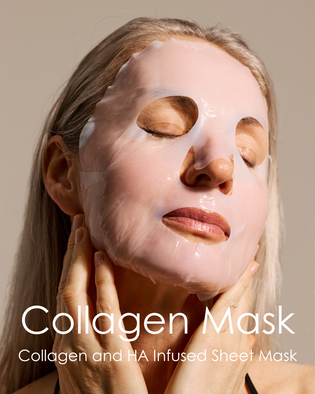




Leave a comment
This site is protected by hCaptcha and the hCaptcha Privacy Policy and Terms of Service apply.